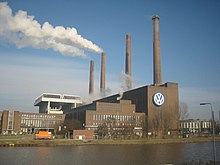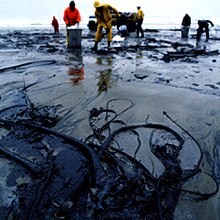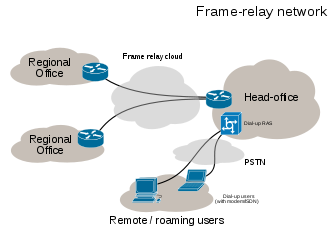
Los agentes contaminantes tienen relación con el crecimiento de la población y el consumo (combustibles fósiles, la generación de basura, desechos industriales, etc.), ya que, al aumentar estos, la contaminación que ocasionan es mayor.
Por su consistencia, los contaminantes se clasifican en sólidos, líquidos y gaseosos. Se descartan los generados por procesos naturales, ya que, por definición, no contaminan.
Los agentes sólidos están constituidos por la basura en sus diversas presentaciones. Provocan contaminación del suelo, del aire y del agua. Del suelo porque produce microorganismos y animales dañinos; del aire porque produce mal olor y gases tóxicos, y del agua porque la ensucia y no puede utilizarse.
Los agentes líquidos incluyen las aguas negras, los desechos industriales, los derrames de combustibles derivados del petróleo, los cuales dañan básicamente el agua de ríos, lagos, mares y océanos, y con ello provocan la muerte de diversas especies.
Los agentes gaseosos incluyen la combustión del petróleo (óxido de nitrógeno y azufre) y la quema de combustibles como la gasolina (que libera monóxido de carbono), la basura y los desechos de plantas y animales.



Se denomina contaminación atmosférica o contaminación ambiental a la presencia en el ambiente de cualquier agente (físico, químico o biológico) o bien de una combinación de varios agentes en lugares, formas y concentraciones tales que sean o puedan ser nocivos para la salud, para la seguridad o para el bienestar de la población, o que puedan ser perjudiciales para la vida vegetal o animal, o que impidan el uso habitual de las propiedades y lugares de recreación y el goce de los mismos. La contaminación ambiental es también la incorporación a los cuerpos receptores de sustancias sólidas, líquidas o gaseosas o de mezclas de ellas, siempre que alteren desfavorablemente las condiciones naturales de los mismos o que puedan afectar la salud, la higiene o el bienestar del público.

ENTREVISTA HACERCA DE LA CONTAMINACION
posters




